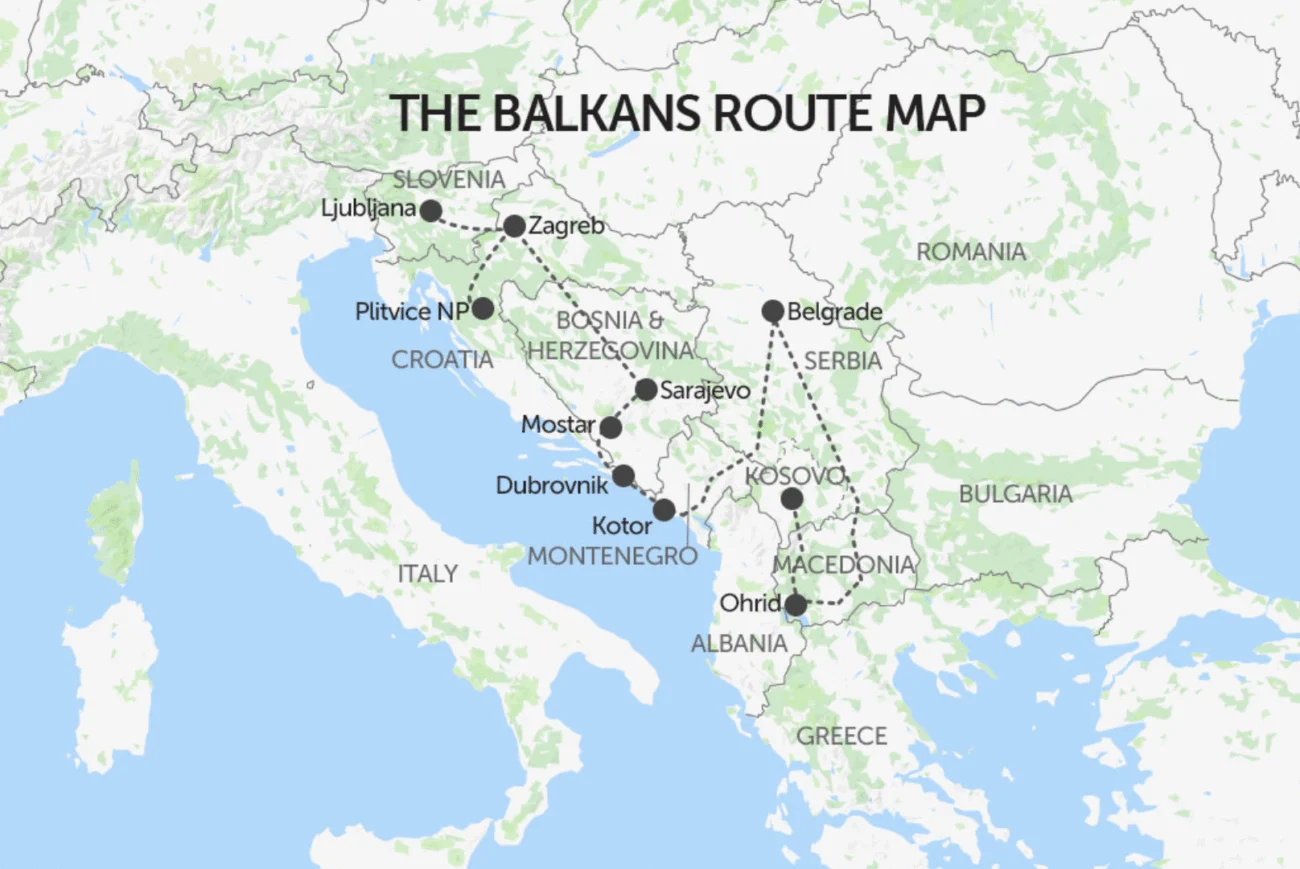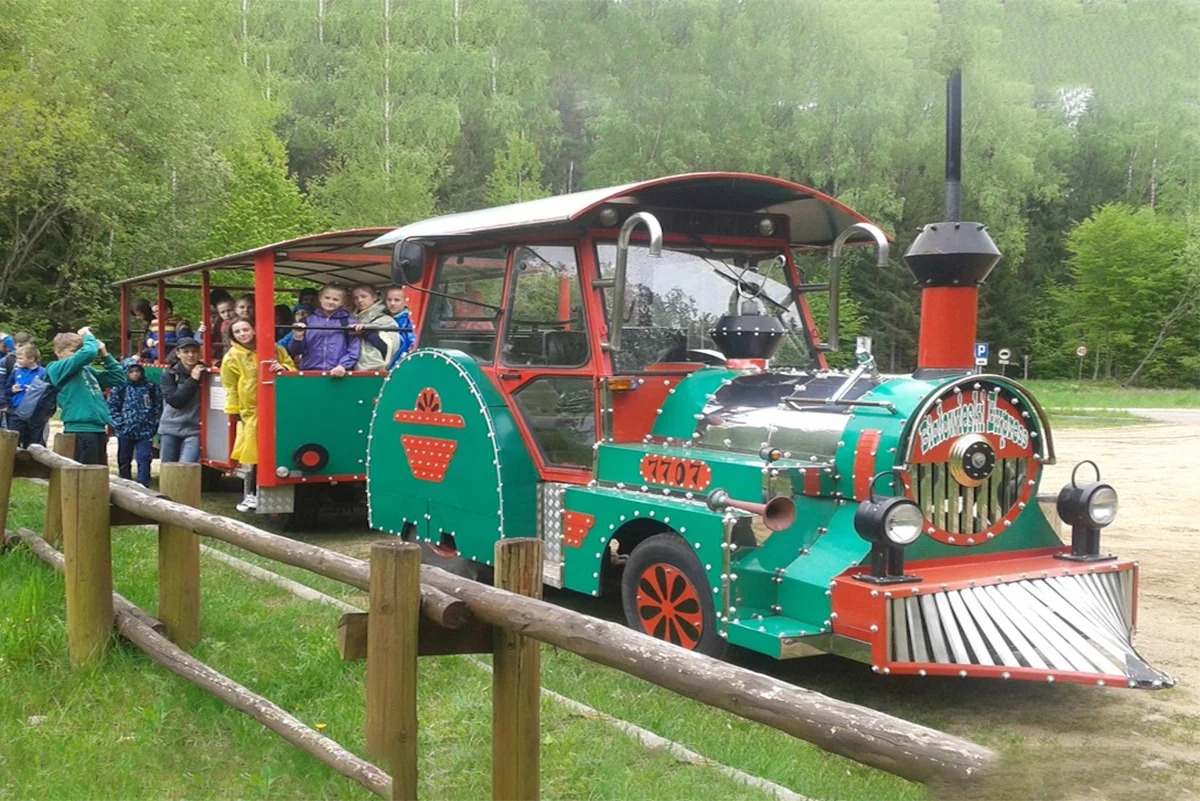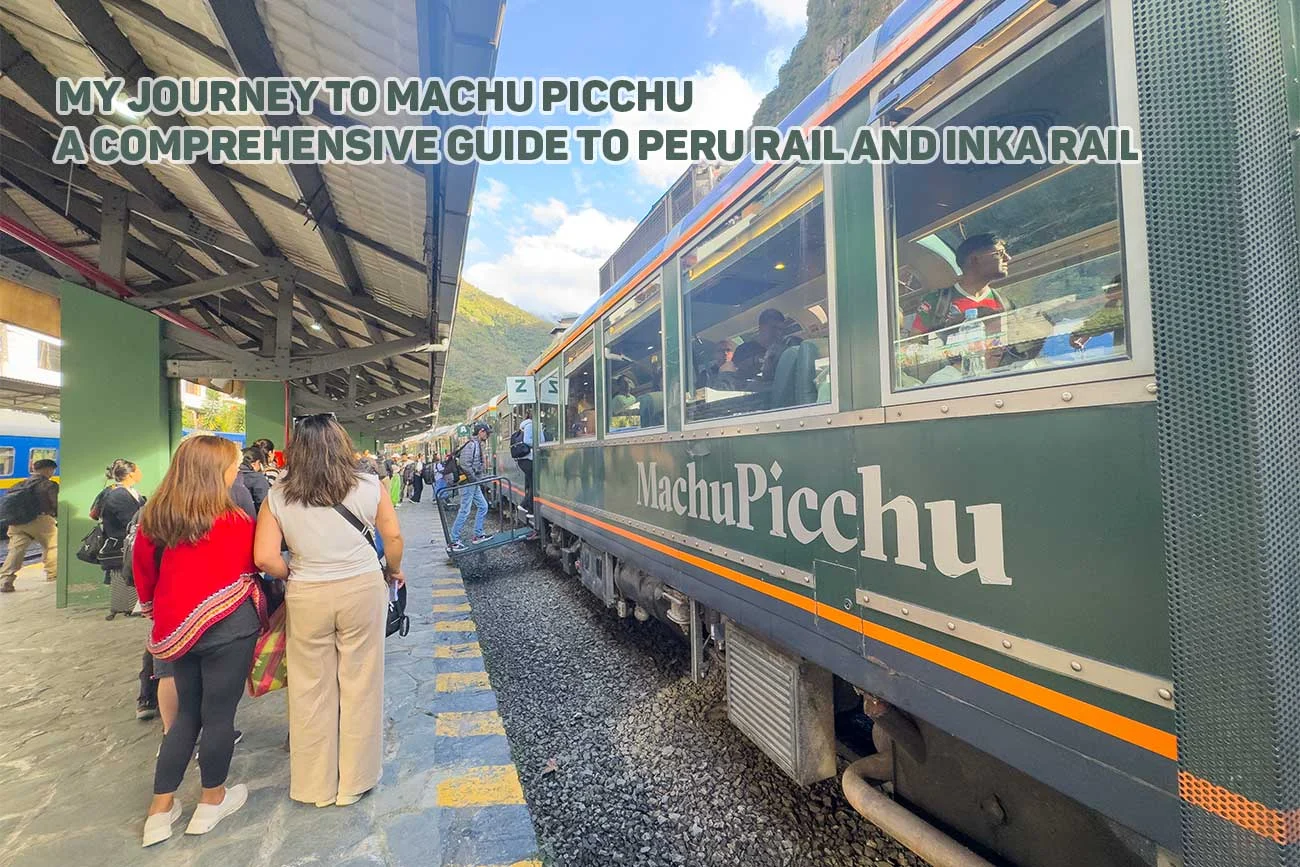The Balkans have some of Europe’s best rail journeys. Old Soviet-era carriages and modern trains glide through beautiful mountains and calm lakes. This research shows real train experiences that highlight the area’s natural beauty across the seasons. It connects travellers with local culture, away from usual tourist paths.
The Legendary Bar-Belgrade Railway: A Mountain Marvel
The Bar (Montenegro) to Belgrade (Serbia) railway line stands as the undisputed crown jewel of Balkan rail travel. This impressive 476.59 km electrified track links the Adriatic coast to Serbia’s capital. It passes through some of Europe’s most stunning landscapes. The journey lasts around 11 hours. It’s ideal for those who want a full day of stunning mountain views that change with the seasons.
Seasonal Highlights
In spring and early summer, the route reveals lush green mountainsides full of new life. Then, autumn changes the scene into a beautiful mix of reds and golds. The journey includes amazing engineering in the Balkans. You will cross the Mala Rijeka Viaduct, which is one of the tallest railway bridges in the world. The train moves through tall gorges, across wide bridges, and near snowy mountain peaks. It also passes bright blue alpine lakes that mirror the changing skies.
Cultural Significance
This route is more than just beautiful views. It shows Yugoslavia’s bold rail infrastructure projects. Finished in 1976, the railway was a major engineering achievement due to the tough mountain terrain. Today, visitors can see the post-Yugoslav landscape. You’ll notice clear contrasts between Montenegro’s coastal influences and Serbia’s continental style.
Practical Information
The line is operated jointly by Serbian Railways and ŽICG (Montenegro’s railway company)5. Travelers should remember that the route runs all year, but winter weather can change schedules. The trip from Bar to Belgrade is 296 miles long. The comfort level varies based on the train service you choose.

Bosnia & Herzegovina’s Mountain Railways: Through War and Peace
The scenic railway trips in Bosnia and Herzegovina provide some of the most touching travel experiences in the Balkans. They blend stunning nature with deep historical significance.
Sarajevo to Mostar: History Through Mountains
This three-hour train journey links two of Bosnia’s most important cities. It moves steadily through a countryside that shows both natural beauty and signs of recent conflict. The route takes travelers through mountain passes and alongside rivers, with the landscape changing dramatically between summer’s lush greenery and winter’s stark beauty.
Cultural Touchpoints
In Mostar, visitors can see the famous Stari Most (Old Bridge). This Ottoman masterpiece was destroyed during the 1990s conflict. Now, it stands as a symbol of reconciliation. Sarajevo offers its own poignant reminders of history, with “Sarajevo roses”-concrete scars filled with red resin-marking spots where shells killed civilians during the siege1. These sites provide powerful context for understanding the region’s recent past.
Rural Bosnia & Herzegovina
If you seek a remote adventure, take the nine-hour train ride through Bosnia and Herzegovina. It winds through rugged mountains and offers stunning views, far from typical tourist paths. This route shows traditional village life that hasn’t changed much in years. This is especially true in the mountains, where seasonal rhythms still shape daily routines.
The Ultimate Balkans Rail Explorer: Seven Countries by Train
For travelers who have more time, the 24-day Balkans Rail Explorer tour covers seven countries. It offers a unique look at the region’s diversity. This carefully crafted journey features various train experiences. You can ride vintage ’80s stock in North Macedonia and enjoy heritage steam trains in Serbia.
Seasonal Culinary Experiences
A key part of this journey is tasting seasonal Balkan food with local experts. Travelers learn to make traditional dishes like burek in Sarajevo. They also try soparnik, a vegetable pie, in villages near Split. The tour includes tastings of local produce, fresh cheeses, smoked pršut (prosciutto), and seasonal treats like truffles. These are all linked to the region’s farming cycles.
Spectacular Train Routes
The tour features some of Europe’s most stunning rail journeys. You travel over Montenegro’s highest railway viaduct. Then, you pass through Slovenia’s stunning Soca Valley and see the famous Lake Bled. These routes change a lot with the seasons. In winter, they become snowy wonderlands. In summer, they burst with lush greenery.
Logistical Details
This tour begins at Solun Hotel in Skopje, North Macedonia, and ends at City Hotel in Ljubljana, Slovenia. With a maximum of 12 travelers, the experience mixes guided exploration and real local interactions.
Bulgaria’s Narrow-Gauge Mountain Lines: The Rhodope Railway
The narrow-gauge railway links Bansko, Velingrad, and Septemvri. It provides a charming ride through the beautiful Rhodope Mountains in Bulgaria. This 119 km journey provides access to both ski resorts and traditional villages, making it appealing across seasons4.
Seasonal Timetables and Connections
The Bulgarian State Railways operate multiple daily services on this line. Trains depart from Bansko at 6:39, 10:40, 14:43, and 18:21, arriving at Septemvri after stopping in the spa town of Velingrad4. Return services from Septemvri to Bansko operate at 03:31, 08:55, 12:40, and 16:254. These connections allow travelers to link with larger rail networks to Sofia, Plovdiv, Varna, and Burgas.
Local Experiences
Bansko serves as both a popular winter ski destination and a summer hiking base. The historic town centre shows off traditional Bulgarian architecture. Also, the nearby thermal springs in Velingrad provide relaxation all year round. The slow pace of the train allows travelers to appreciate changing mountain vistas and stop at small stations serving rural communities seldom visited by foreign tourists.
Practical Information
For inquiries and updates, travelers can contact the Bansko Railway Station at +359 884 363 083 or +359 885 057 5684. This narrow-gauge line gives a unique experience compared to standard railways. It has smaller carriages, allowing for a closer connection to the landscape. The train moves through mountain passes at a relaxed pace.
Historical Gems: Vanishing Routes Worth Documenting
Some of the Balkans’ most intriguing rail journeys now exist only in travelers’ memories or operate with uncertain futures. The route from Sarajevo to Pecs takes you through Bosnia, Croatia, and Hungary. It took you on a surreal ride from a war-torn Bosnian countryside. Then, it passed through a little-known part of Croatia before reaching Hungary’s charming southern city. This route is no longer available, but it shows how rail routes in the Balkans often change. This makes current journeys even more special to enjoy while they last.
Environmental and Cultural Benefits
Choosing rail travel through the Balkans delivers substantial environmental advantages. Trains create up to 90 percent less CO2 emissions than equivalent flights1. Rail journeys do more than help the environment. They support local economies and improve transport infrastructure in areas that rely on tourism funds. Train travel is “a communal, community-enhancing way of travelling.” It directly supports local transport systems and the communities they serve.
Conclusion
The rustic train journeys in the Balkans let travellers explore a region full of diversity. They move at a pace that helps you connect with the landscapes and local communities. Train routes from Montenegro’s coastal mountains to Bulgaria’s forested highlands show a different Balkans. This region goes beyond popular tourist spots. It offers dramatic seasonal changes, strong communities, and lasting beauty.
For travellers wanting real experiences away from busy spots, these rustic rail journeys offer more than just a ride. They give a glimpse into the heart of the Balkans. Here, history, culture, and stunning nature come together along steel tracks that wind through some of Europe’s toughest and most beautiful landscapes.





